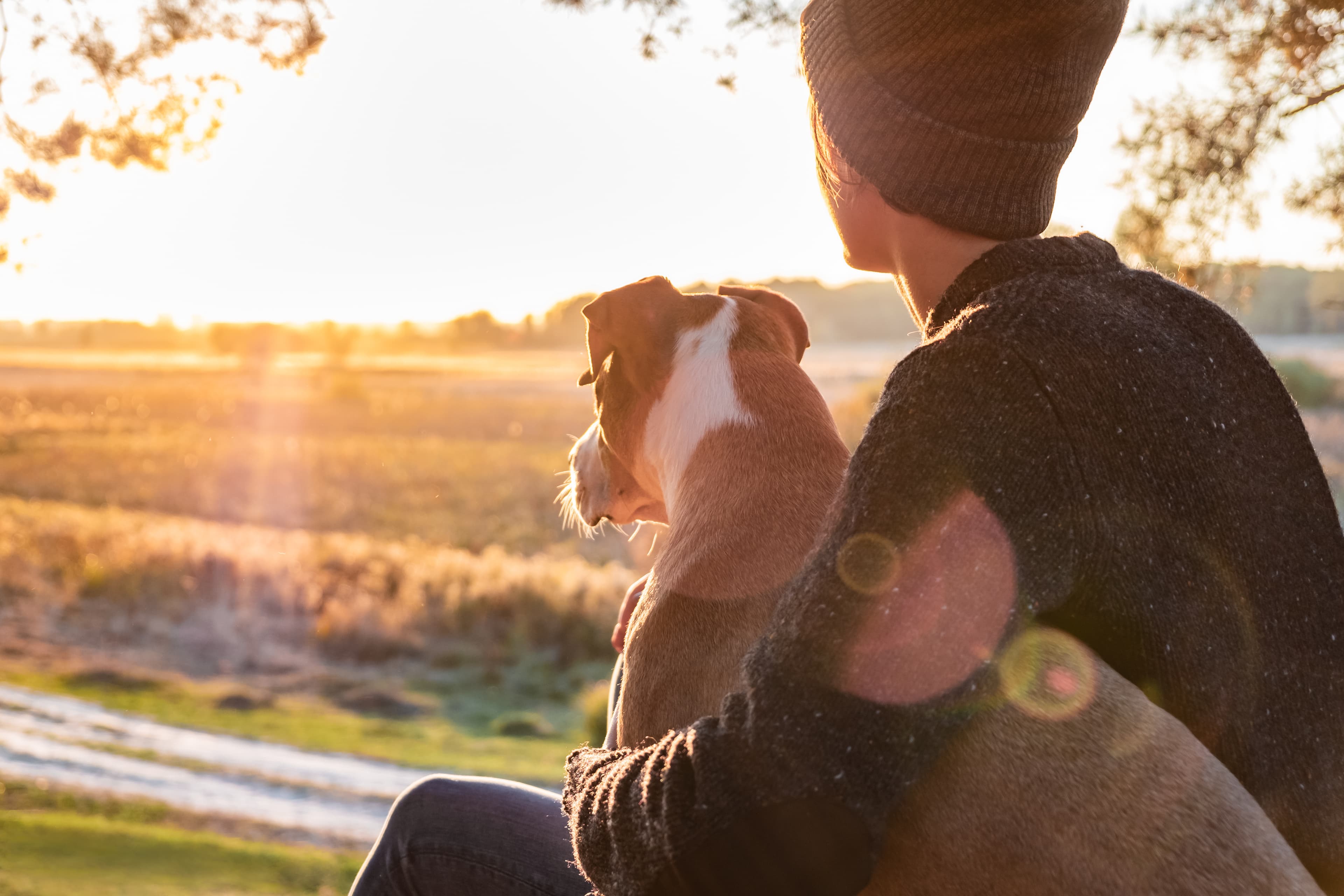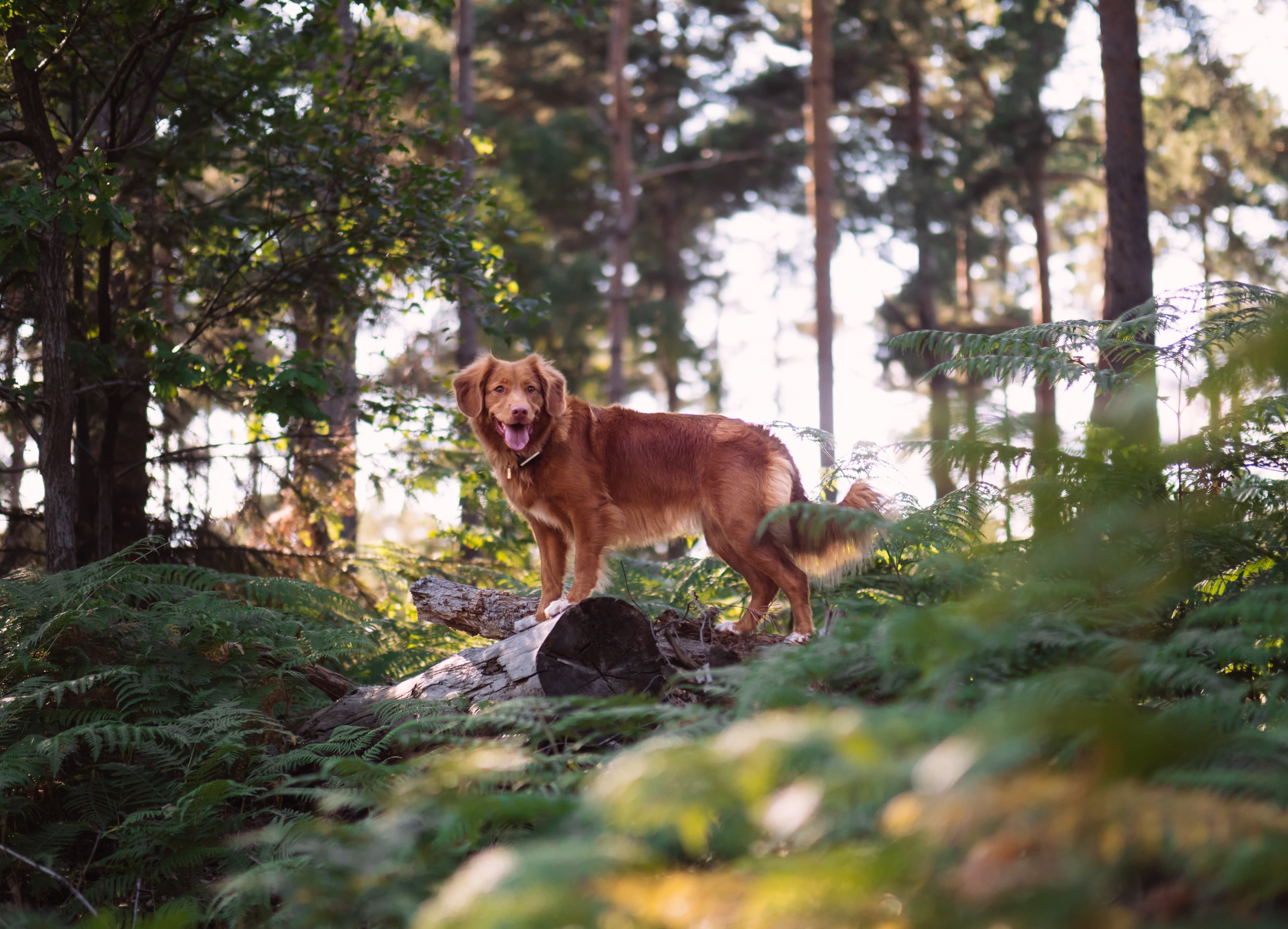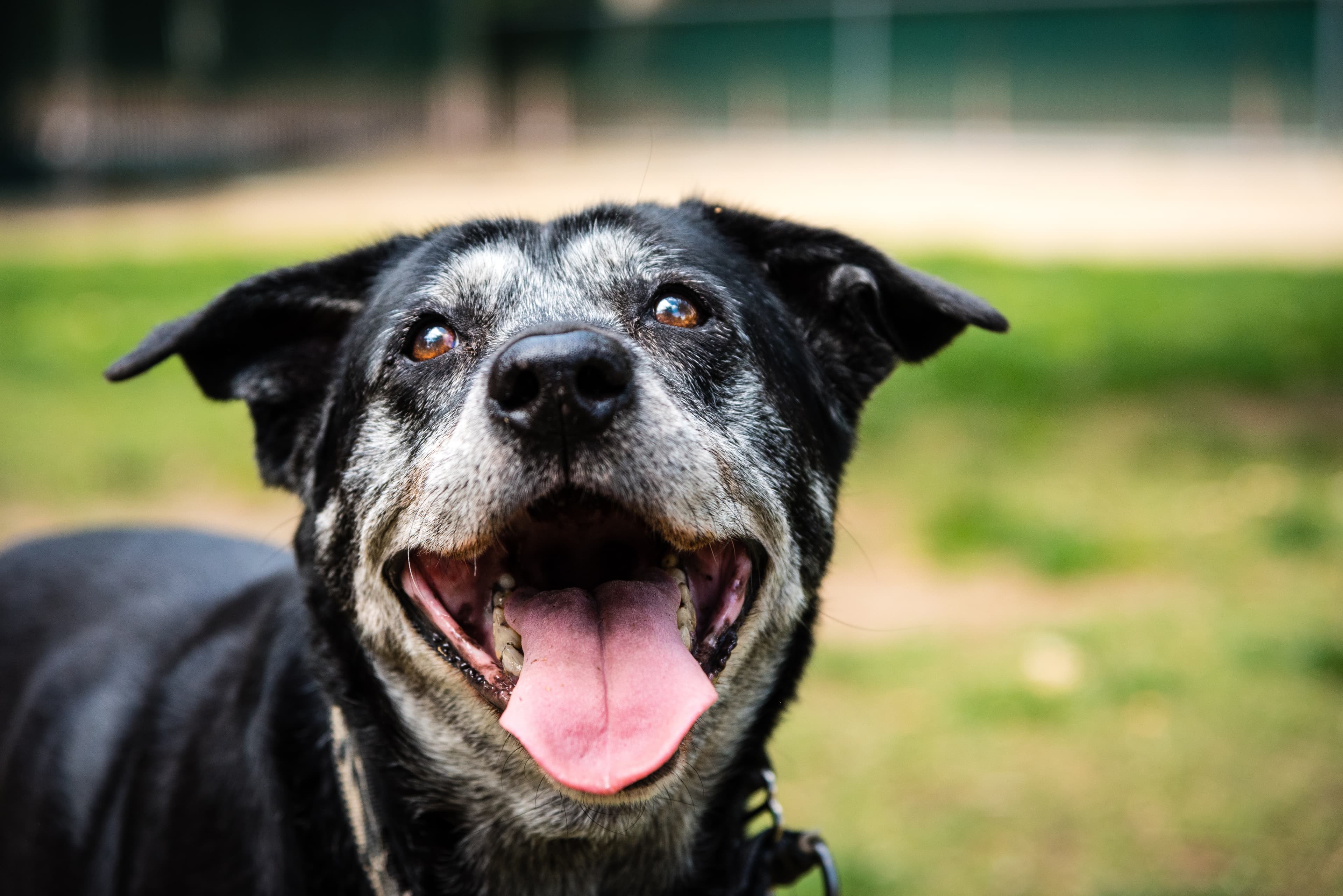The reasons why your dog eats things on walks
There are many reasons why your dog might eat things during your walks, and here we highlight some general causes.
It’s important to observe your individual dog in case there are other reasons behind this behaviour. Eating things outdoors can lead to an upset stomach or even serious injuries, so it’s crucial to prevent it, find strategies, and train your dog not to immediately consume things while outside.
Under- and Overstimulation
Just like humans, our dogs need a balanced daily life to avoid becoming understimulated or overstimulated. A balanced routine should include meaningful activities combined with rest. This balance helps prevent stress in your dog and, in many cases, avoids unwanted behaviours—such as eating things during walks.
A balanced daily life is about finding the middle ground. It’s not a dog that rests all day nor one that’s constantly active. Without the right balance of stimulation, a dog can become stressed and display unwanted behaviors—like pulling on the leash or eating random items on walks.
To assess whether this is a case of under- or overstimulation, reflect on what your dog’s days have looked like leading up to the behavior. Get an overview and then try adjusting by adding or removing certain activities.
Stress Triggers Problem Behaviours
A calm and relaxed dog is much less likely to exhibit problem behaviors—and this is something we can help our dogs learn! Using a three-step model, you can teach and reward your dog for calm behavior both indoors and outdoors. Here’s how it works:
The Three-Step Model for a Calmer Dog
This model is about creating a daily rhythm where your dog shifts between three different types of activity to encourage calm behaviour. We want the dog to naturally offer calm behaviours, both during walks and at home, through training and reward. It’s easy to integrate this model into your everyday life :)
1. Passive Activity
Passive activity means giving your dog the chance to fulfill behavioral needs in a calm and harmonious way. While outside, it’s smart to give your dog opportunities for calm behaviours—like treat searches in the grass, practicing passivity, or bringing a chew bone or other calming activity. We aim to reinforce calm behaviours during walks so the dog will perform more of them in the future.
2. Active Rest
In this part of the model, you give your dog the chance for full rest. The idea is to limit the dog’s choices so that rest is the only option. This could mean placing the dog in a comfortable room, using a baby gate, or having them rest on a dog bed where they’ve been trained to stay until released. The goal is for the dog to want to rest there, so always make this training a positive experience.
3. Calm Rewards
Always give calm rewards when you want your dog to remain calm. This could mean slowly offering a treat when your dog walks nicely beside you or quietly encouraging a treat search in the forest. You can also vary your walking speed to teach the dog to slow down outdoors. Always reward your dog when they are calm—this will encourage more calm behaviour over time.
Visit a Veterinarian or Call a Digital Vet
It may also be a good idea to visit a vet—or call a digital vet, which you can do unlimitedly as a Lassie insurance customer—to make sure your dog is healthy. Your dog might be lacking something nutritionally or need help from a vet to stop eating things on walks. It’s also possible that switching food could help—by providing more energy, satisfying a strong need to chew, or offering a better nutritional composition.






